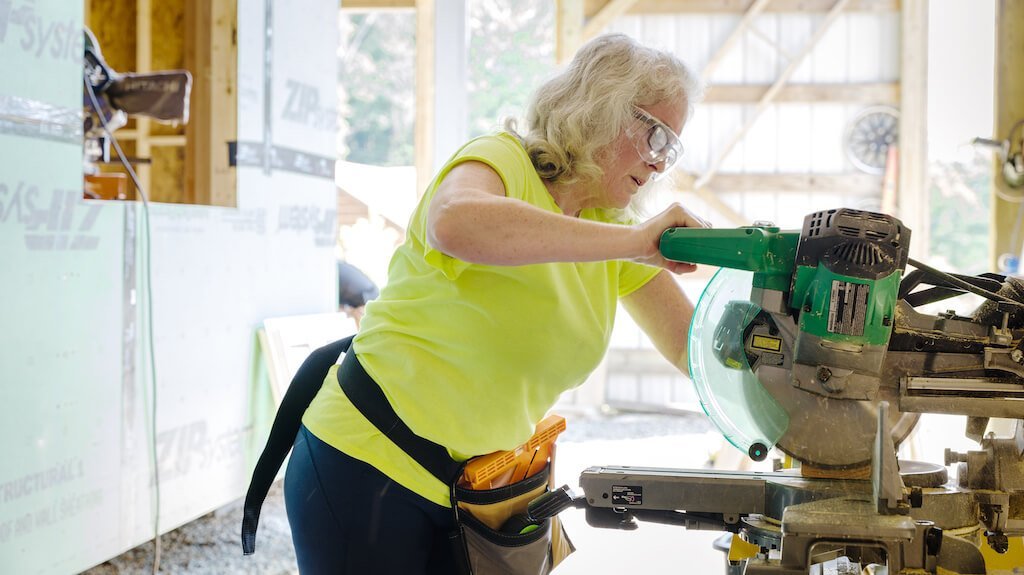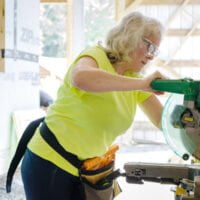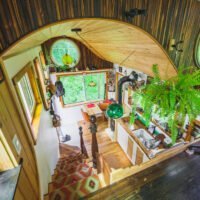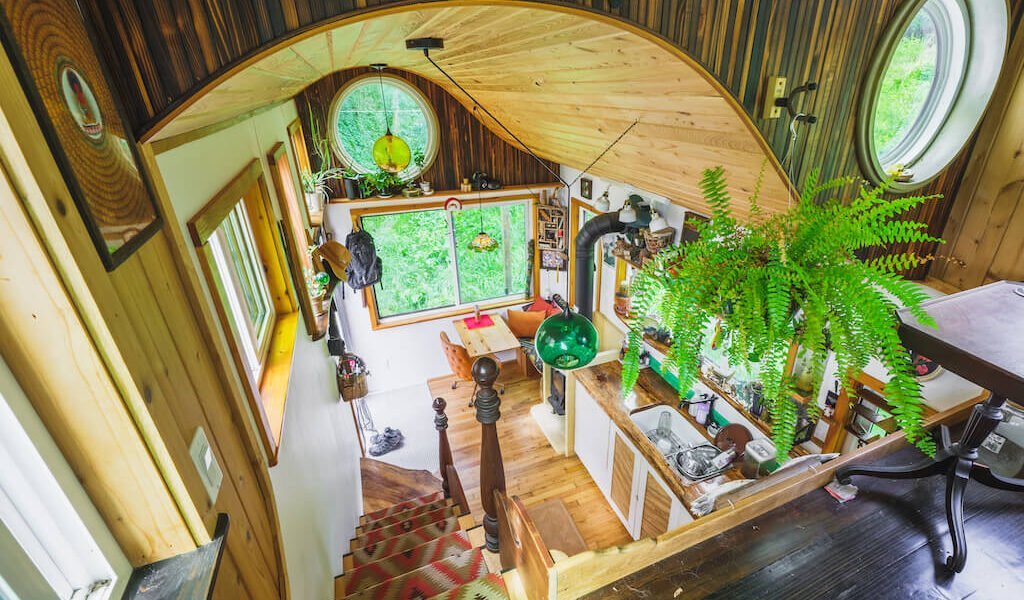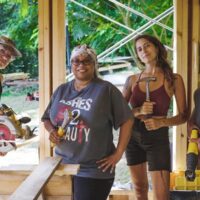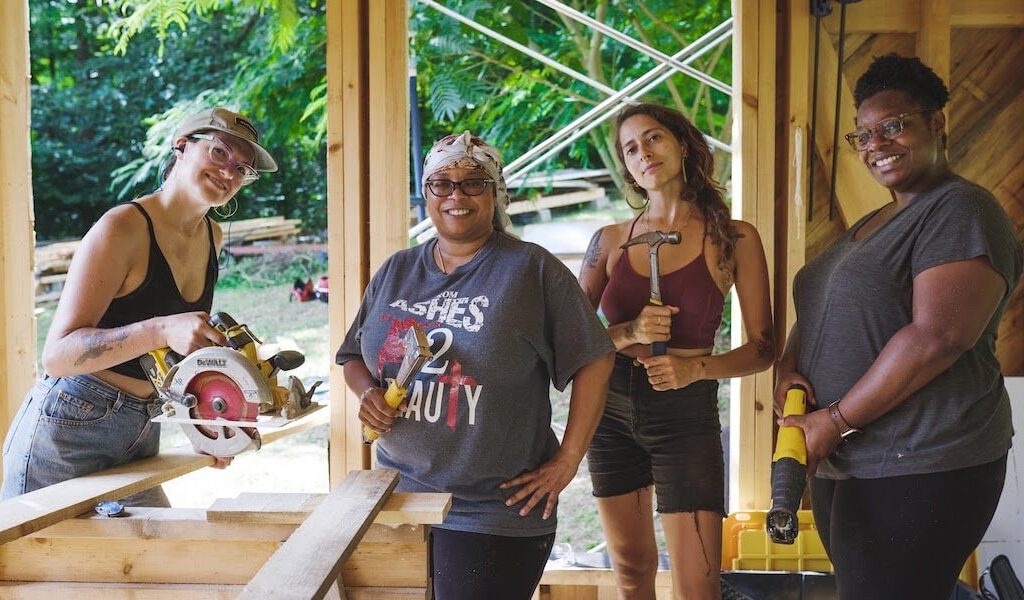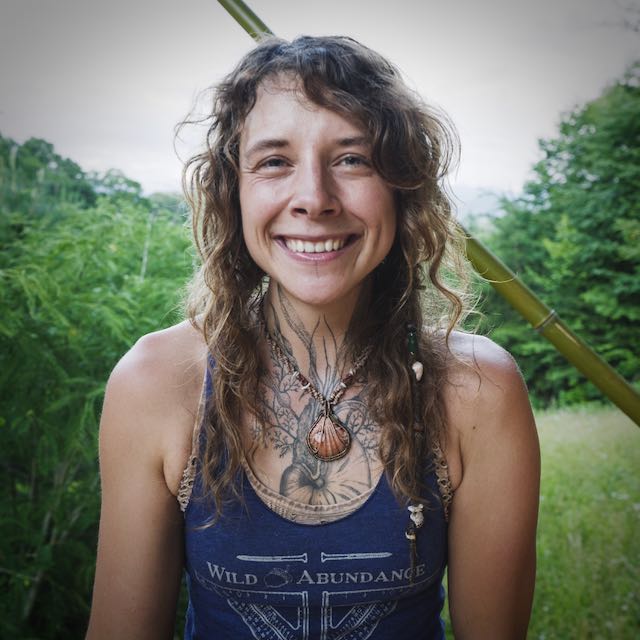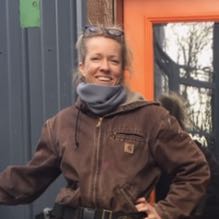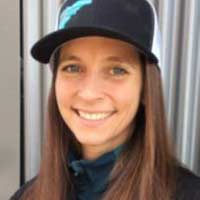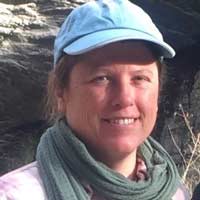Learn how to build a tiny house – on your own time and at your own pace
This comprehensive online program is like a toolbox that’s full to the brim! It covers: tool use and construction basics, natural building techniques well-suited for tiny houses, systems like electrical and plumbing, and how to save money on your build. You’ll learn how to design your tiny house, decide whether to build on wheels or on a foundation, what regulatory constraints may apply to you, and more. Plus, you’ll get a clear understanding of energy-efficient options like passive solar design and solar electric.
The basic steps of how to build a house are the same, no matter its size. We explain and demystify this process so that you can truly understand and feel confident embarking on your own build.
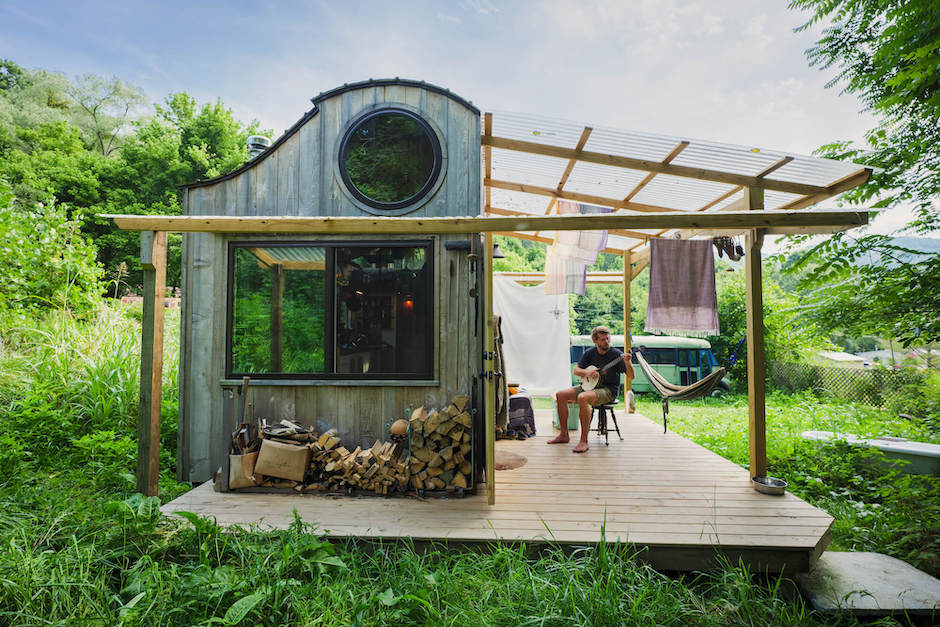

On demand, go-at-your-own pace content library
Unlimited lifetime access
Comprehensive, yet down-to-earth, with a touch of humor
Appropriate for all skill levels
What our students say
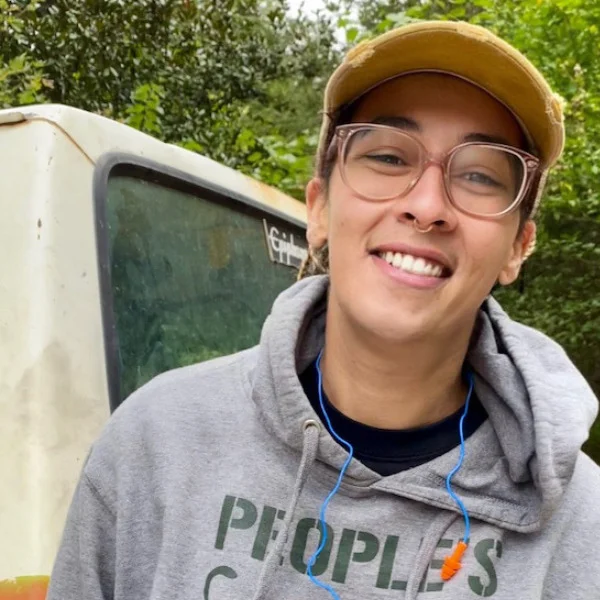

Dare,
California
Farmer, Chef, Activist, and Natural builder
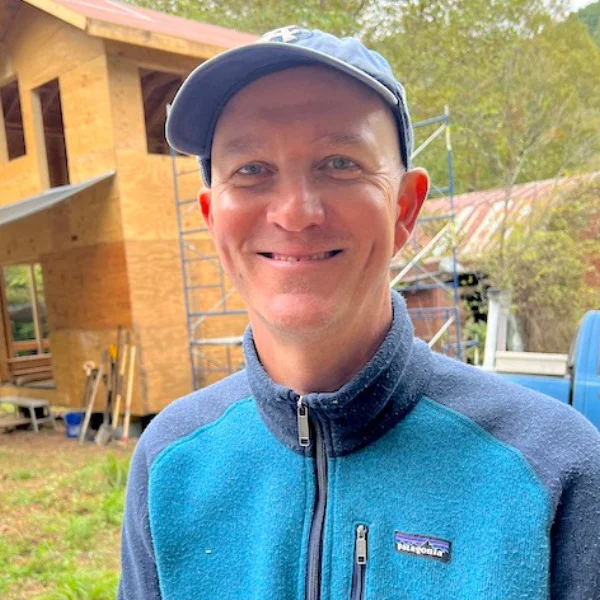

Dan,
North Carolina
Store Manager
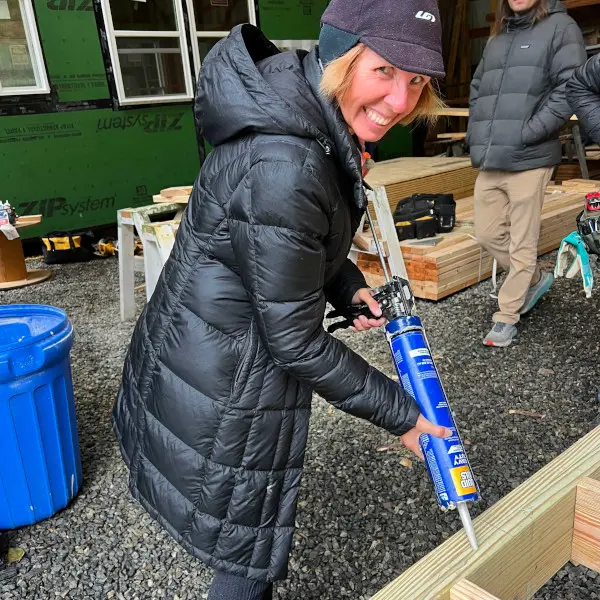

April,
Iowa
Home health provider
Let’s build homes with beauty, individuality, ecology, and empowerment at the foundation.
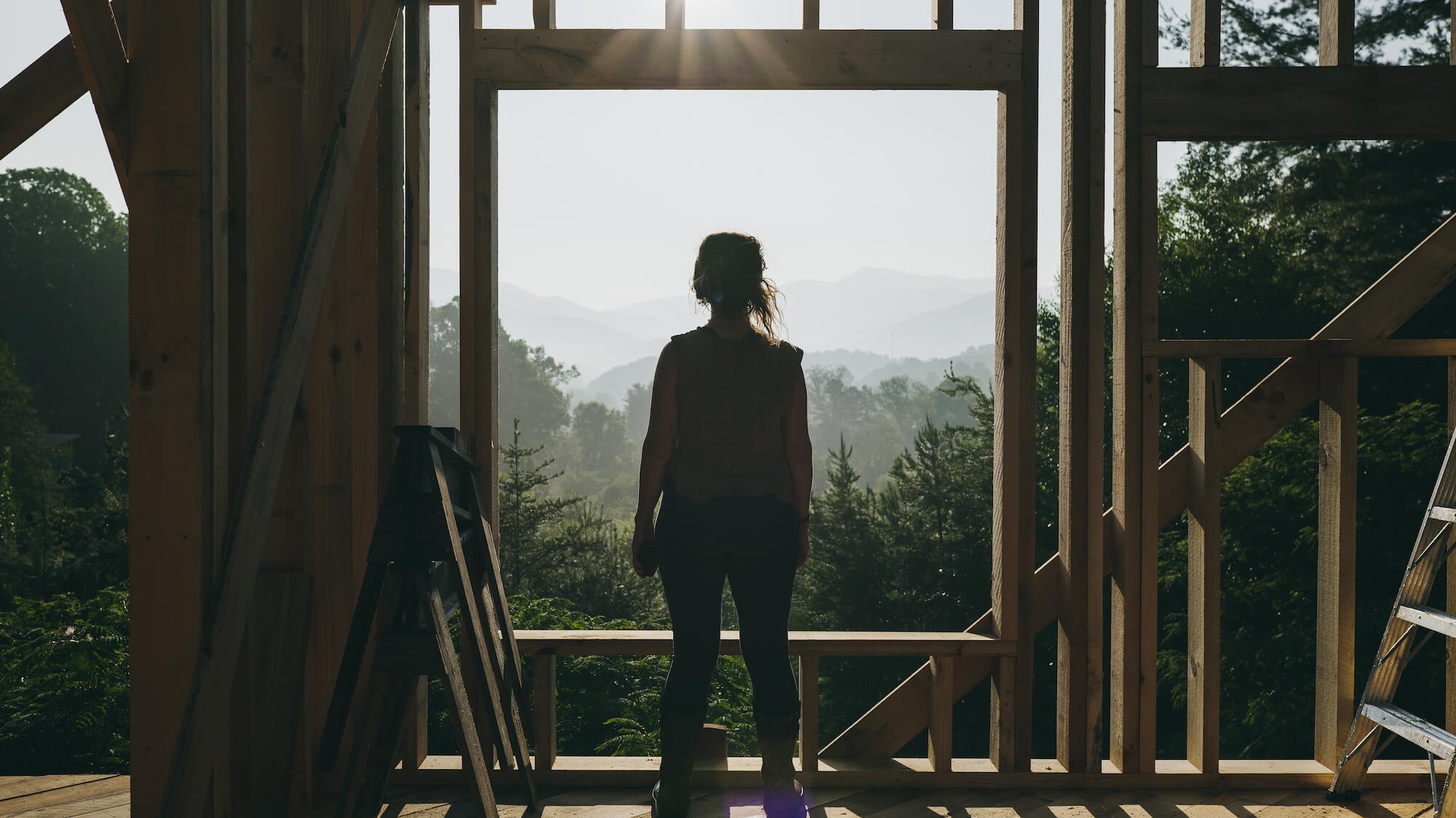

Imagine yourself in a living space of your own design, built by your own hands, in a way that reflects your personal style and unique needs, possibly even made of beautiful materials straight from the earth. Not only that: in this dream-home, you get to steep in a sense of satisfaction and confidence, knowing that you have the skills to provide elegant shelter for yourself and others. This doesn’t have to be just a dream!
Bucking the trend of cookie-cutter behemoths
Right now, you probably live in a house or apartment that you had nothing to do with designing or building. If it is conventional construction, it was likely made in a way that was harmful to the earth. And you may or may not love the way it looks, feels, and functions.
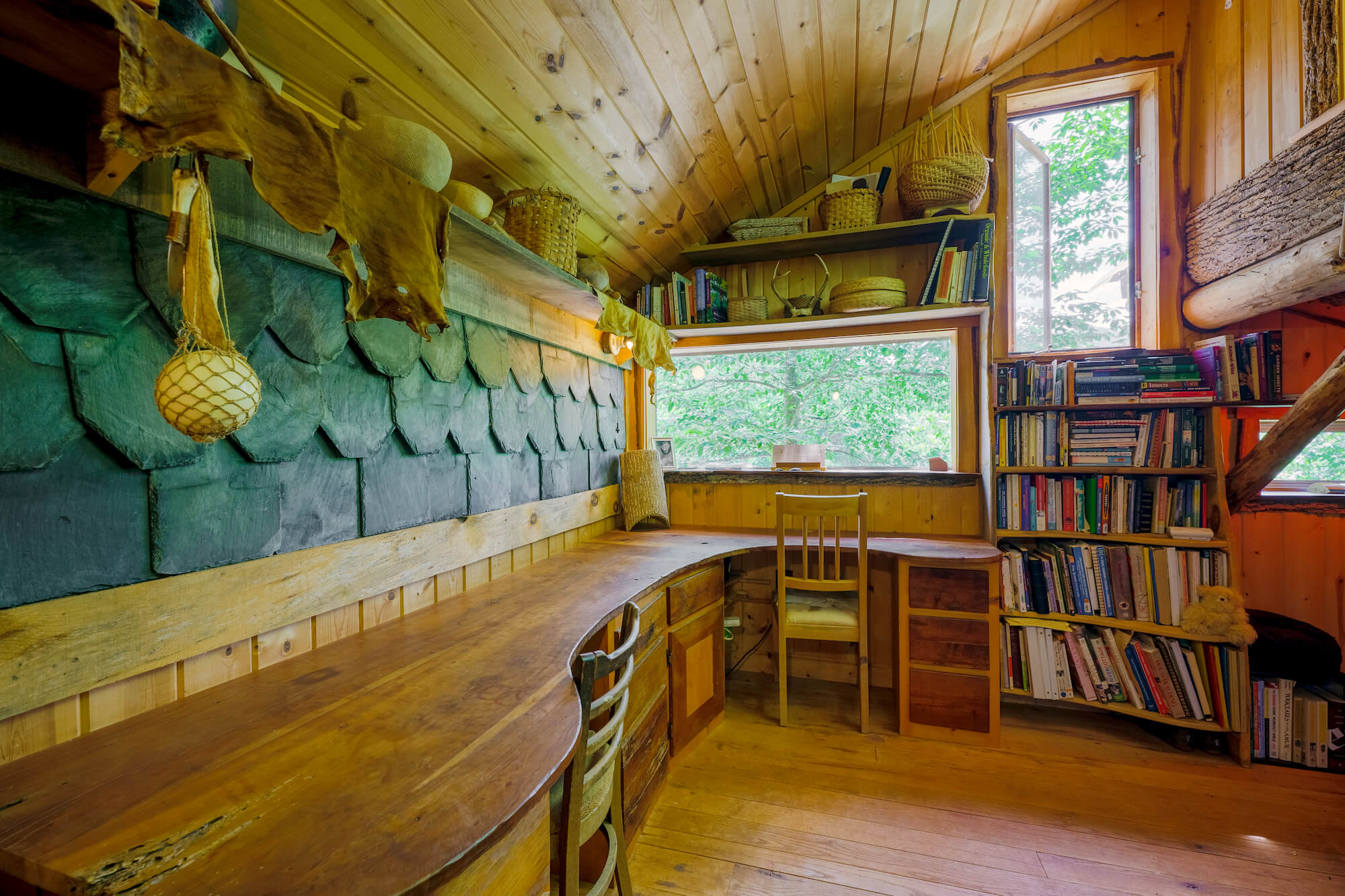

The fact is, most of the houses built in the US these days tend toward the bloated and the cookie-cutter. Indeed, the size of an average single-family home is over 2,000 square feet, almost double what it was in 1960. These houses are generally built very quickly, cheaply, and poorly, and won’t last nearly as long as the simple, well-built homes of the past.
What’s more, many of the mass-produced industrial building materials that go into new homes levy a heavy tax on the earth. This happens through initial resource extraction, toxic processing, waste, and overall carbon emissions throughout manufacturing.
If the global cement industry were a country, it would be the world’s third largest carbon emitter, topped only by the US and China.
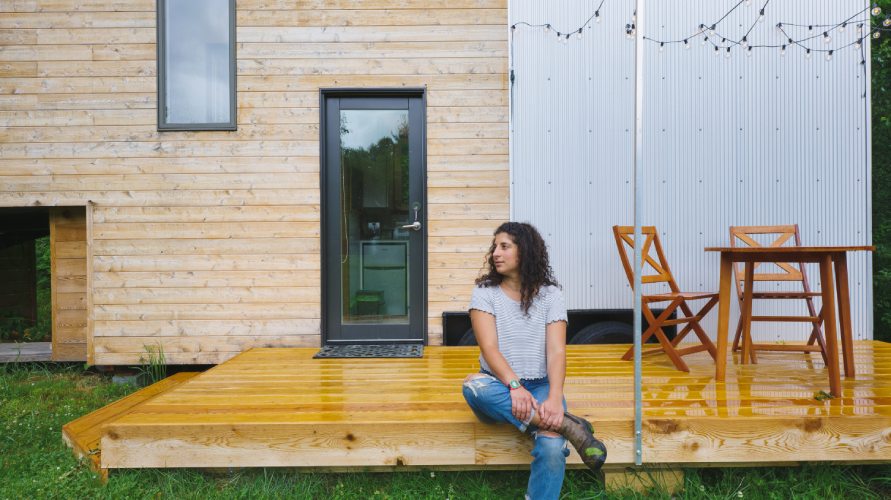

You have the choice to do things differently.
But can you really imagine yourself as a home-builder?
Even as you feel inspired to create a home for yourself that’s aligned with your values, when you think of a carpenter, do you imagine a big white dude swinging a hammer? Have you ever seen someone who looks like you, who you can identify with, building their own home?
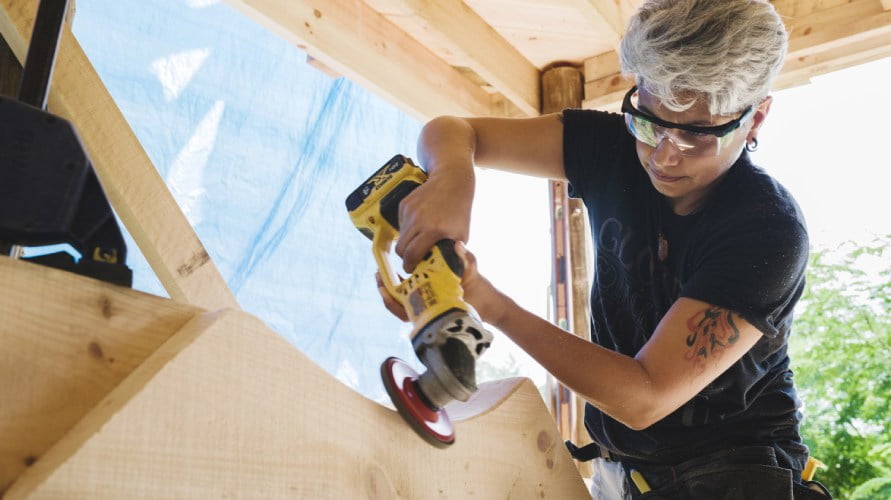

Unfortunately, in this culture, one subset of men tend to dominate the field of building. Folks who identify with them tend to grow up with a greater sense of confidence with tools, thus perpetuating a discouraging narrative about who can and can’t build things.
Let’s disrupt that outdated story, and together, write a new one.
We’ve taught hundreds of people how to build.
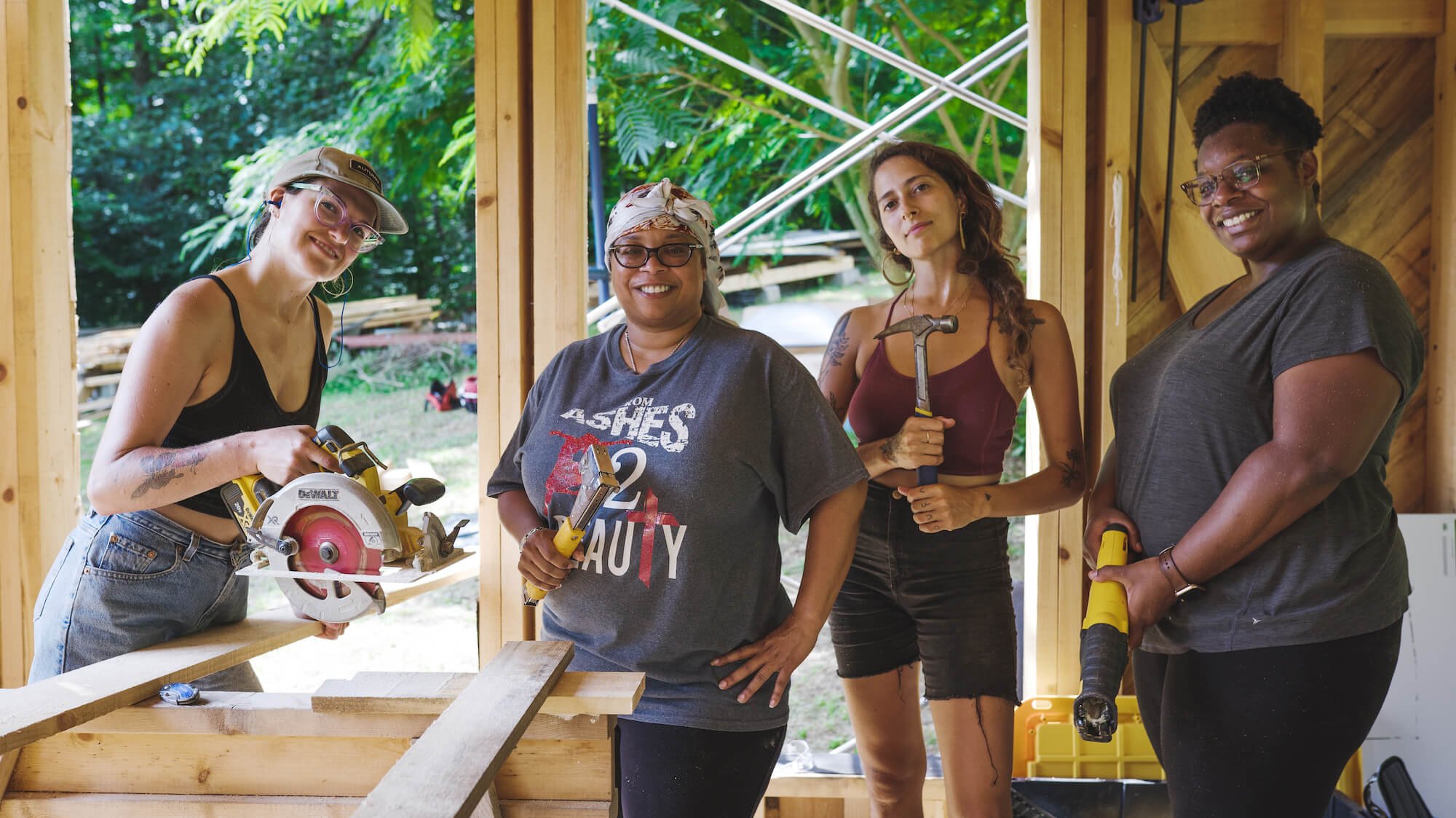

Anyone with a deep desire to build can learn how to do it. We know this from experience, because over the last 10 years we’ve taught hundreds of people, mostly women, these skills. During each class, we’ve seen folks transform from newbies who are timid with the tape measure, to confident, budding carpenters.
The key is giving clear, detailed instruction in a space that feels welcoming and comfortable, and inviting any and all questions that folks have.
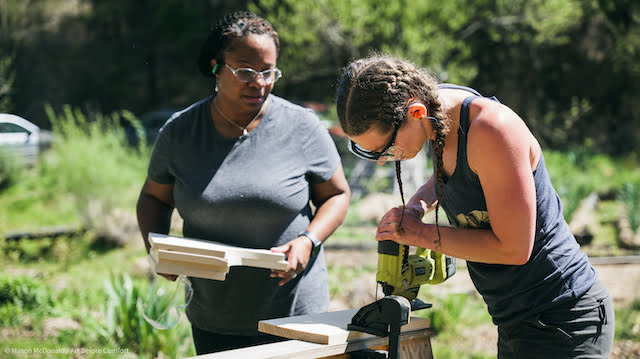

Some of our students have never picked up a carpentry tool before, while others have been contractors looking to broaden their skills and learn something new. They’ve been chefs, freelance writers, engineers, lawyers, nurses, physicians, full-time parents, and others, with ages ranging from 14-74. Many have identified as women and/or femme, and have been thrilled to finally learn in an environment where they’re at the center.
Gain the confidence to design and get started building your beautiful, ecological tiny house from the ground up, with your own hands..
What’s Included – How to Build a Tiny House
This is a comprehensive course, probably the only one you will ever need. We cover the steps of how to build a tiny house, or any small house, plus lots of bonus material, too. Videos include clear and thorough lectures, hands-on demos, diagrams, humor, and personality.
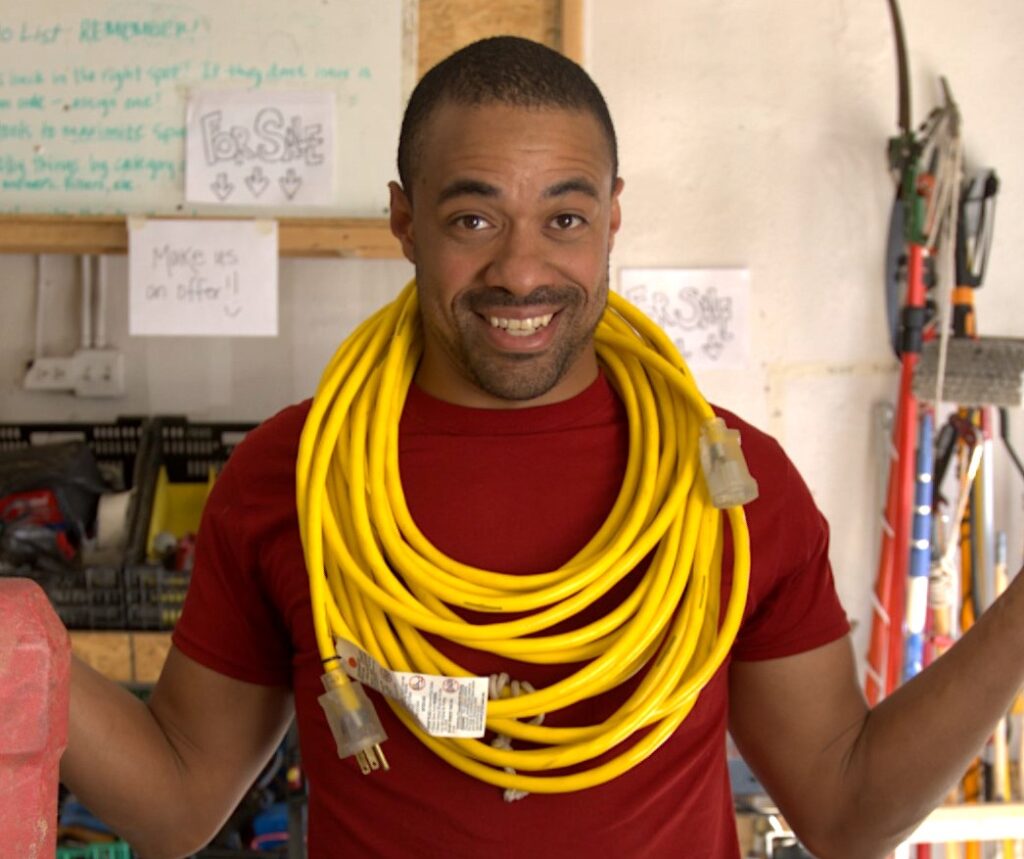

This course is divided into 10 modules. There are dozens of actual video lessons within each module. We invite you to watch sequentially, or to skip around to whatever is most relevant to you at the moment. At the beginning, you’ll find a class on how to use the course. There, we give suggestions about where to start and how to proceed, given your experience level, interest, and projects.
Closed Captioning Provided
Closed captioning is provided in the online Tiny House Academy. When we add new video lessons, our transcriptionist will complete closed captioning within one month of publishing.


1. Big Picture
How to Use This Class ✦ Tiny Houses on Wheels vs. on a Foundation ✦ Lumber Choices ✦ How Big To Go? ✦ Simple and Sustainable Living in a Tiny House
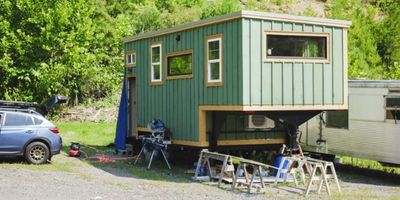

2. How to Build a Tiny House: Step-by-Step Overview
Steps of Building a Building ✦ Foundations ✦ Stick Framing and Wall Construction ✦ Roofs ✦ Special Construction Considerations for THOW and THOF
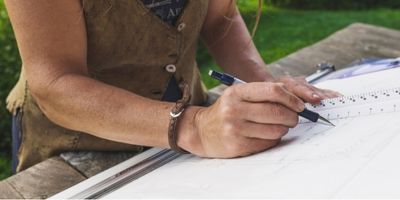

3. House Design
Designing Your Tiny House ✦ Designing with the Sun ✦ Passive Solar Design
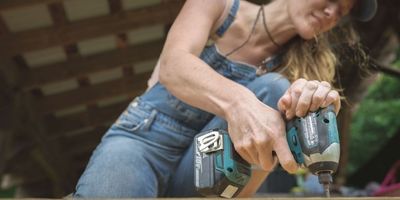

4. Tools of the Trade
Introduction to Tools ✦ Measuring and Marking ✦ Power Tools: Chop Saws, Circular Saws, Table Saws, Jig Saws, Impact Drivers, Drills ✦ Plumb, Level, and Square ✦ Framing Square ✦ Hammer and Nail Guns ✦ Hand Tools
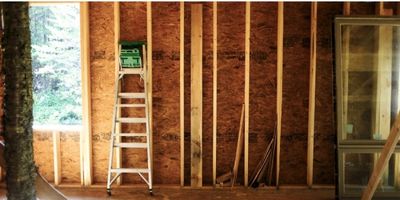

5. Rough Construction
Getting Started on a Foundation: Finding Square with Batter Boards ✦ Concrete Pier and Footer Foundation ✦ Framing Floors ✦ Framing a Floor on a Trailer ✦ Framing Walls ✦ Framing Roofs & Venting ✦ Window and Door Installation ✦ Metal Roofing Installation ✦ Soffit and Fascia ✦ Siding ✦ Stairs
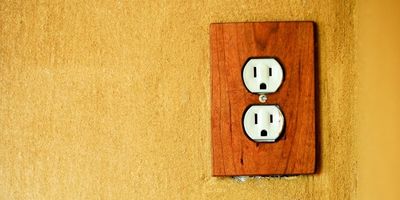

6. Utilities and Systems
Basics of Electrical: Theory and Installation ✦ Solar Electric for Tiny Houses ✦ Basics of Plumbing, Drainage, Water Supply, and Water Heaters ✦ Fuel/Gas Overview ✦ Toilets ✦ Bathtubs/Showers
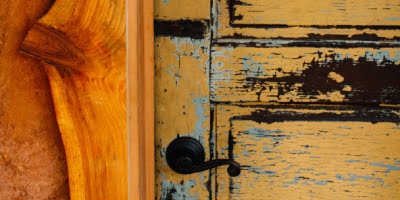

7. Finish Work
Hardwood Floor Installation ✦ Drywall ✦ Interior Trim – Windows and Doors
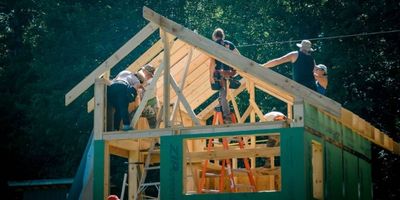

8. Legality and Costs
Legal Considerations for Tiny Homes ✦ Budgeting 101 ✦ Top 10 Ways to Save Money When Building a Tiny House
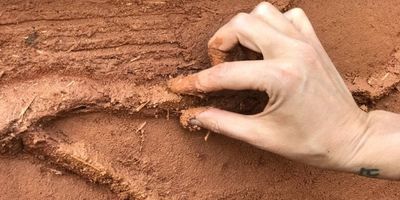

9. Natural Building and Ecological Construction
Introduction to Natural Plasters (Clay and Lime) ✦ Naturally Built Wall Systems ✦ Cob ✦ Regenerative Timber Harvesting ✦ Milling Your Own Lumber
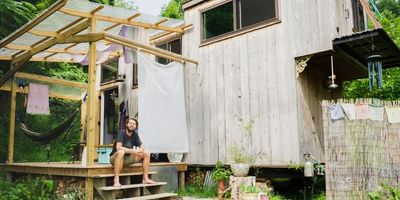

Bonus: Tiny and Not-So-Tiny Tours
Not-So-Tiny Log Cabin with Additions ✦ Two-Story 12*12 Writers Retreat ✦ Whimsical and Artsy Tiny House on Wheels ✦ Tiny Family Home with Lots of Repurposed Materials ✦ Tiny House on Skids, Built During One of Our In-Person Classes ✦ Spacious Tiny Home for Two on Wheels
Discount on in-person building classes with Wild Abundance
When you enroll in the online Tiny House Academy, you’ll also get a coupon for $200 off our in-person tiny house building class.
Education on how to build a tiny house for all experience levels
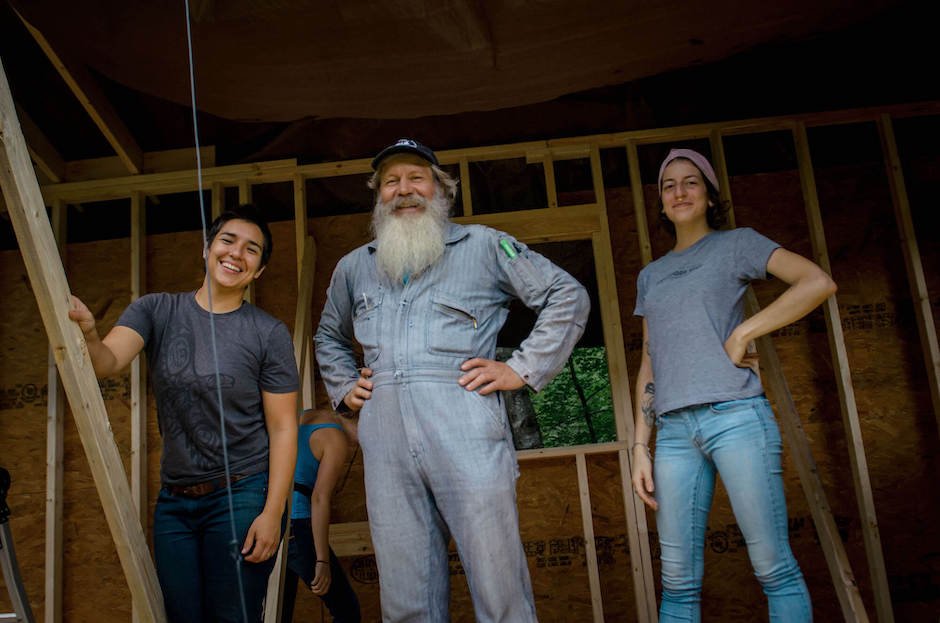

Each of our modules is thorough, and designed to meet you where you’re at. If you are a beginning builder, you will likely watch all of the lessons, rapt, and take thorough notes. Our guess is that you’ll get really stoked on the tool and rough construction modules, which teach you the basics of getting started. Even if you choose to hire help with more advanced things, like plumbing and electrical, those videos will be useful, too. After watching them, you’ll have much more confidence when talking with any contractors you hire.
If you have some background in carpentry or woodworking, you may not need to review the entire tool module, but you’ll be able to really dig your teeth into natural building and ecological construction, legality and costs, and utilities and systems. The steps of how to build a tiny house are the same, whoever you are, but the order of your learning and diving into doing it can be tailored to where you’re at.
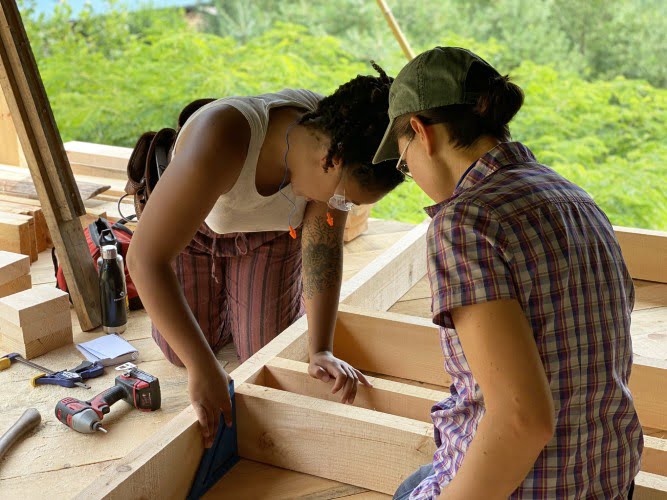

There is so much rich material here that no matter your experience level, you will get a lot out of this course.
This tiny house course is for you if you:
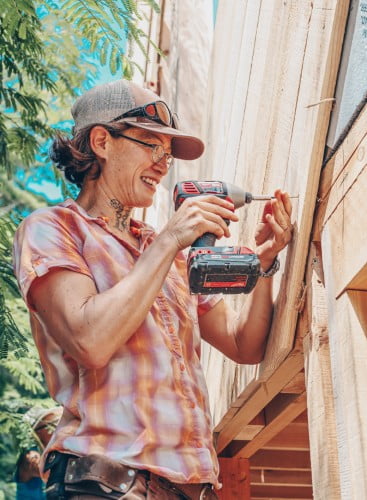

- Get all tingly and excited when you imagine building a home with your own hands
- Feel excited, but overwhelmed, about how to begin learning how to build a tiny house
- Love working with your hands and building things, but never felt welcome or supported in the world of carpentry
- Feel stoked to learn at your own pace, in your spare time, and be able to refer back to the material again and again
- Want the flexibility to design and build based on your needs and budget
- Are excited by power tools, but also intimidated by them, and want clear, thorough instruction on safe, effective use
- Can’t make it to one of our in-person classes, but you’re drawn to how we do things and what we’ve got to share
- Want to design your own space instead of downloading a cookie-cutter plan
- Want support with putting your vision into action
- Care about the planet and want to build a house that incorporates natural materials and techniques
Please note: This building program is for folks in the US and Canada, or who have access to the tools and materials that are available here.
Because of the type of building taught, this class on how to build a tiny house is most appropriate for students in the US, Canada, and other regions that have similar material and tool availability Feel free to reach out to onlineclasses@wildabundance.net to help determine if this program is a good fit.
What Makes This Tiny House Course Unique
A Dynamic Learning Experience
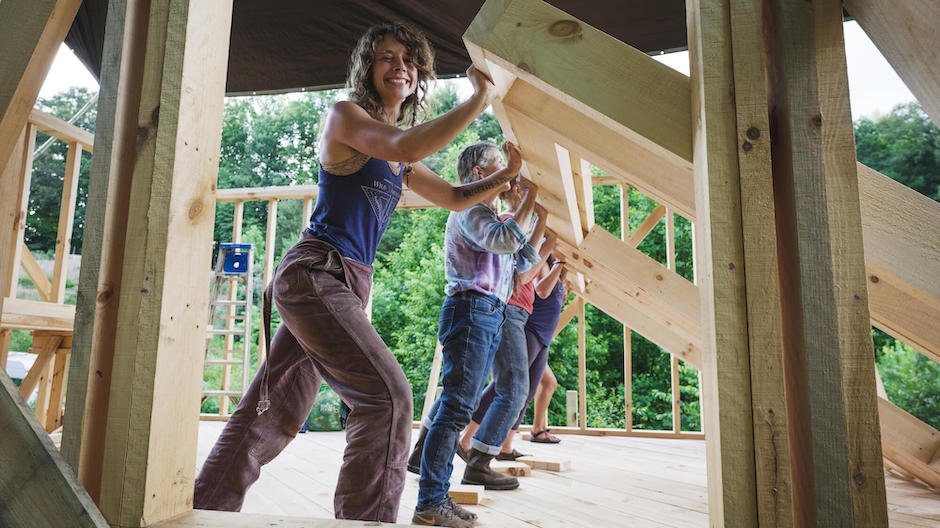

This is not just a bunch of videos of people talking about tiny houses. Instead, it’s a comprehensive online education on how to build your own, from the ground up. We combine lecture-style instruction with plenty of diagrams and demos so you can see theories put into action. In fact, you’ll see several different styles and sizes of tiny houses under construction, giving you a breadth of examples to draw from. The result is an engaging program that shows you much of what it takes to build your own house, whether it’s a tiny house or not-so-tiny house, on wheels, or on a foundation.
Not your typical construction workers…
If you’re tired of being “mansplained” to by well-meaning carpenter friends or sweethearts, or confused by DIY YouTubers with bad camera angles and poor explanations, then you’ve come to the right place!
How students feel about the instructors
“It’s difficult to find people who are on this path, and seeing those who have done it outside of the traditional structures of society is really awesome.” ~ Kayla, Auto Mechanic, New Hampshire
“They really break it down and they talk to you at a beginner level, but not demeaning. I feel like I know them! They’re very open, cool and personable, very understandable and welcoming.” ~ Samantha, ABA Therapist, Illinois
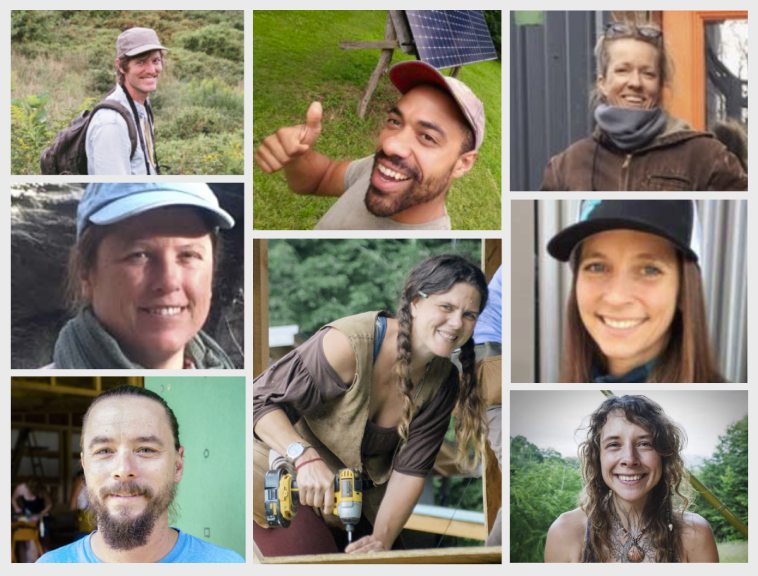

This program is taught by an enthusiastic, friendly, and unconventional team of instructors with various backgrounds and identities, led by women. Each of them brings a unique perspective, body of experience, and personality to the table. As a result, we’re confident that you’ll feel respected and welcomed, and you’ll get your questions answered, even the most basic ones. Throughout the video lessons, new vocabulary is explained, and demos and diagrams help make everything more clear.
Think of this course as your gateway into a new world of building:
One where belonging is based on inspiration, enthusiasm, and a commitment to learning, not on how big your hammer is, or if you already know all the jargon.
Creativity is Queen
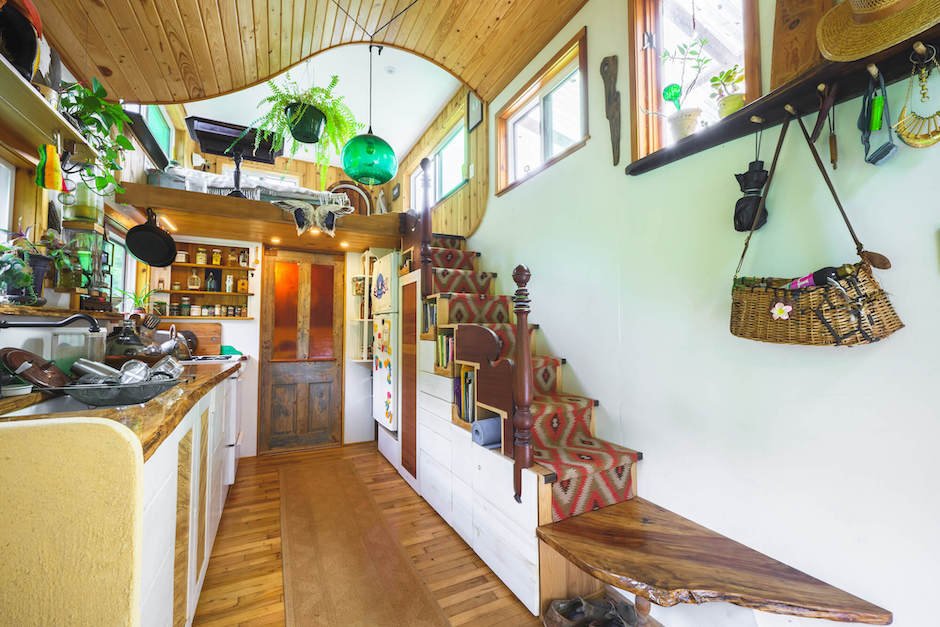

Everyone’s tiny home dreams — and needs — are a little bit different. To honor this, we explore a variety of options to help you work through what’s best for your situation, climate, and budget. Instead of laying out cookie-cutter designs and approaches, we teach you how to be your own designer. This way, you can feel empowered to customize your tiny house for your unique aesthetics, desires, creative inspirations, and lifestyle.
Beauty ✦ Individuality ✦ Imagination
Resourcefulness ✦ Ecological Awareness
These characteristics of the lost art of home-building deserve to be revitalized!
Realistic and experience-based, no claims of $300 tiny houses here!
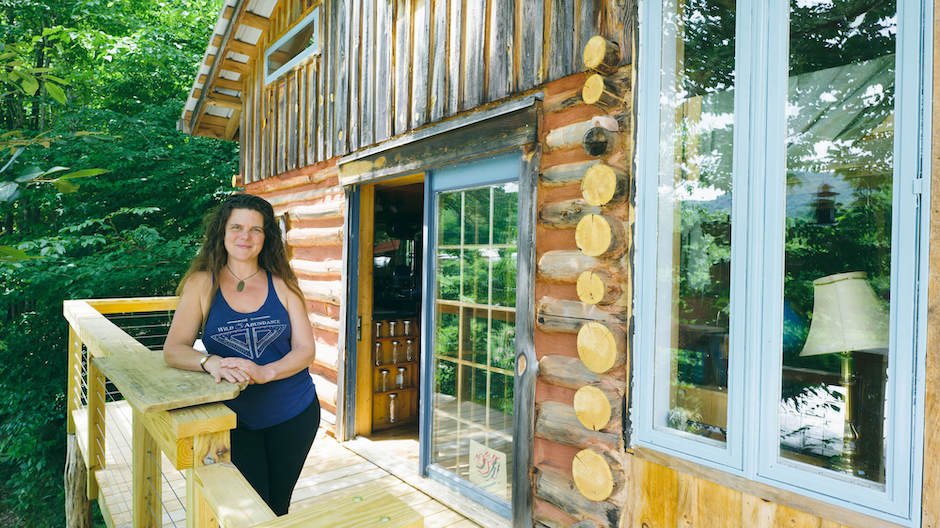

Your instructors have built and lived in multiple tiny houses, so everything you’ll learn in this class is based on real-world experience. As the tiny house movement has become more and more trendy, we’ve noticed articles and posts claiming that you can build a tiny house in a tiny amount of time and on a tiny budget. Seeing these makes us feel frustrated, because with all of our years of experience and various backgrounds, we just haven’t found that to be possible.
Since we want people to succeed at building their own homes, it’s important to us to provide accurate information and clear guidance. This class will show you how to set realistic goals and walk you through the important steps to reach them.
Learn building skills that apply to more than just tiny houses.


You can apply many of the skills we teach in this course to lots of different kinds of building projects. Here are some examples of what we think you could bust out after moving through the lessons. The course doesn’t include step-by-step guidance on how to build these other projects, but it does teach you the foundational skills necessary for doing it:
- Sheds (“she-shack”, “man cave”, wood shed, goat shed, etc.)
- Outhouse
- Wood-framing of a greenhouse
- Doghouse
- Kid’s play structure
- Covered porch
- Simple Gazebo
Lifetime Access to Our Library of Resources
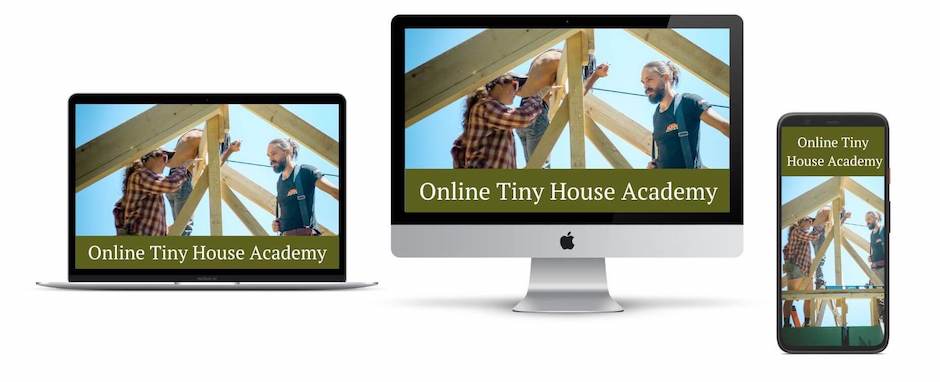

This program can be watched, class by class, as a comprehensive building education. Or, you can think of it as a toolbox to help you manifest your dream of building a simple, sustainable home. Just reach in and grab what you need, when you need it, as many times as you want.
Tiny House Plans


This course keeps getting better and better! New for the Fall of 2024, the Online Tiny House Academy includes plans for a beautiful tiny house that you could build as is or alter for your needs. It is one of the ones that we build during our in person tiny house class.
Included in the plans are:
- A downloadable PDF and Sketch-up file of the inside and outside of the finished building
- A downloadable PDF and Sketch-up file of the framing plans, to get you started on your build
- A materials list for framing and sheathing, so you can go ahead and order materials to start building
Personalized and Live Support
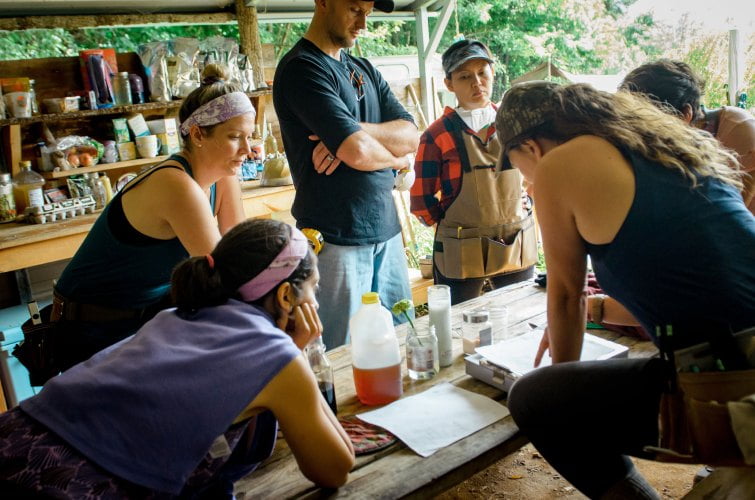

Any burning questions you may have about your building project or the class material are answered by knowledgeable instructors via our online forum and live Q and A sessions in the months following your purchase.
“Feedback from instructors has been really incredible. The responses that I’ve received from instructors have been really thoughtful, you can tell they took time to encourage in their comments.” ~ Anna
Start learning how to build a tiny house, so you can start building!
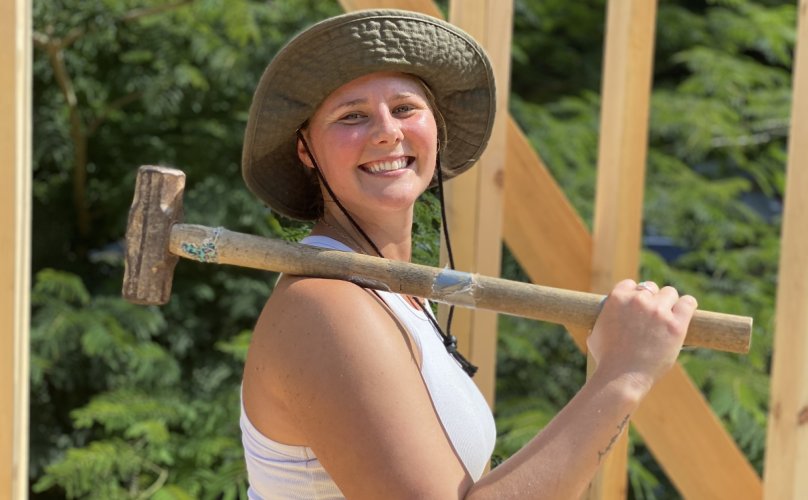

If you want to build a beautiful tiny or not-so-tiny house with your own two hands, there is no time like now to get started! The rewarding journey of home-building begins, like all journeys, with a single step. And while you may think that’s when you cut the first board, it’s actually when you begin to materialize a dream into an action plan. Giving yourself the gift of this course will help anchor your visions and aspirations into a concrete action step, and will guide you along the steps that follow.
Let’s build a world of beauty, sustainability, and style.
Frequently Asked Questions
Instructors
Keenan Phillips
Keenan (he/him) had always dreamt of building his own home one day and finally embarked on that journey 6 years ago. It’s still a work in progress, but it caught the attention of friends and neighbors and resulted in the accidental creation of his small construction/renovation business, KSPhillips Contracting. He is now assisting a friend ...Nadi Mond
Nadi (they/them) has been on a quest to study traditional woodworking, metalworking and ancestral skills ever since leaving behind their Aerospace Engineering path in Germany where they grew up. While attending University in Germany they turned an old early 1900s circus trailer into their first tiny home they lived in for the duration of their ...Danielle Swift
Danielle’s (she/her) career in construction officially started at 15 with a summer job as a laborer working for her uncle’s design/build firm in Maryland. She continued acquiring building experience and tools through college, ultimately graduating from SCAD with a master’s degree in Architecture and a dual BA in Architecture and Historic Preservation. She went on ...Alex Henderson
Alex (he/they) has twelve years of combined architectural and construction experience working as a designer, educator, and builder. Alex received a Permaculture Design Certificate from Wild Abundance in 2019 and now runs a permaculture and architectural design practice called Somewhere Design.Ella Scotto
Ella (she/her) took a carpentry class with Wild Abundance in 2017. After that, she bought an acre of land in Barnardsville, NC, and began building a house. For over a year, she worked with Barron Brown, learning everything she could about carpentry and construction. Ella is always eager to learn more, and is constantly honing her ...Jeramy Stauffer
Jeramy (he/him) and his company, Nanostead, focus on small footprint homes and homestead design, including tiny houses on wheels and on foundations. He’s built and lived in many tiny homes, and teaches about building and living tiny, along with homesteading and sustainable living.Robin Greenfield
Robin Greenfield (he/him) is an activist and humanitarian dedicated to leading the way to a more sustainable and just world. He embarks on extreme projects to bring attention to important global issues and inspire positive change. His work has been covered by media worldwide including National Geographic and he’s been named “The Robin Hood of ...Mollie Curry
Mollie (she/her) has been practicing natural building for about 20 years and is still in love with the mud! Natural paints and plasters are her favorite techniques, and she has plenty of “structural” experience with things like straw-bale building, earthbags, adobe, cob, straw-clay, and that most familiar of natural materials, wood. Besides building, she loves ...Quetzal Jordan
Originally from British Columbia, Canada and raised in Tampa FL, much of Quetzal’s (she/her) time is currently spent side by side with Mel Chin a conceptual visual artist in Burnsville, North Carolina. Quetzal’s day to day experience consists of her making and installing sculpture art, utilizing such skills as carpentry, welding, masonry and basic construction. ...Pricing for the Online Tiny House Class
One time payment: $787.00
Payment plan: $131.17 each month for 6 months
The following is included in registration: unlimited lifetime access to a well-organized and comprehensive library of video lessons, open invitations to all live Q&A sessions, one-on-one instructor support through the online classroom, live online orientation call with your cohort of students.

